|
After our first visit to Gibara a few days previously we felt we just had to return here for another day as the area showed huge potential so we set off early (though an hour later than intended due to our taxi being late) for the hour and a quarter drive. We picked up Félix and Sandy and soon set off along the same route as last Friday. It was very depressing to see three bird-trappers making their way back down the hill after their morning's efforts. Birds like the endemic Cuban Bullfinch are often kept in captivity and we had seen some in cages in the town. It is said that Cuban Grassquit is now much less common than it used to be because it has been trapped a lot for the caged bird trade. One of these guys had a beautiful male Rose-breasted Grosbeak in a small cage. I wonder if this on the list of business enterprises that Cubans are now allowed to run in socialist Cuba? Not the best of starts to what was to prove to be a fabulous day. A female Tropical Chequered Skipper Pyrgus oileus was laying on Sida spinosa on the edge of the track but then we were soon finding new species. We saw two Dingy Purplewing Eunica monima before we also started seeing Florida Purplewing Eunica tatila as well. The latter was the species that we had seen in vast numbers migrating across the Guanahacabibes Peninsular in western Cuba in June, no doubt coming from Mexico, but we hadn't seen E. monima before and the size difference wasn't as great as I thought it would be. It was slightly smaller though I had to check each one for oval shape with two dark spots on the hindwing. E. tatila don't always have the pale cross-line on the hindwing in fact only a small number of the ones we have seen have had this. There is a third Eunica species on the Cuban list and that is the endemic Cuban Purplewing Eunica heraclitus was once common in parts of the island over 100 years ago but has now not been seen for many decades and therefore may well be extinct. Two skippers followed including the rare and endemic Cuban Longtail Chioides marmorosa that we saw larvae of last Friday. The trail had become narrower now with tall trees either side and photography is always tricky in deep shade where there is little light. I think in future I'll carry a flash and light bouncer with me for such situations as using the built-in flash creates rather harsh lighting. A Malachite Siproeta stelenes was feeding high up on the flowers of one of the trees and a male Androgeus Swallowtail Heraclides androgeus was patrolling a small gap in the trees so I spent a few minutes trying to get pictures of it in flight. Then a Cuban Kite Swallowtail Eurytides celadon appeared briefly, one of only two we saw on the whole trip, and Lynn attracted my attention to a dark skipper that was also feeding high up on flowers. It proved eventually to be a male Zephodes Skipper Ephyriades zephodes though I couldn't get closer than about 8m so the pictures weren't great. Félix and Sandy were pleased to see it as they said they hadn't seen it before - and neither had we. At the top of the hill another swallowtail appeared, this time Bahaman Swallowtail Heraclides andraemon nectaring on low flowers so Sandy and I spent some time taking shots. We had left Lynn sitting in the shade a little further down the track so she missed the fabulous view from 210m across to Gibara and the coast - and the female Bee Hummingbird that put in a brief appearance! The walk down was just as good as on the way up with yet another new skipper May's Skipper Proteides maysi, the endemic Cuban Snout Libytheana motya and the spectacular Tailed Cecropian Historis acheronta - OK so its not much not look at when settled but when it flies there is a large splash of orange on the forewing. We also had flight views of what I'm fairly sure was the other Historis Stinky Leafwing Historis odius. Caribbean Banner Lucinia sida were fairly thin on the ground on this trip and we only saw them on four days so finding a pair in cop was a bonus. Many butterflies were taking shelter from the heat of the afternoon sun by now but there were other things of interest like a stick insect species and a large bush-cricket at head height in one of the trees. The occasional deafening cicada also started up and several larvae caught our eye including a group of Gray Cracker Hamadryas februa of various sizes and colour forms, and another very striking Sphingidae larva which I think is a species of Eumorpha perhaps E. labruscae. There are 59 species of Sphingidae recorded from Cuba so far and 14 of these are endemic to the island. I also recognised a Pierid larva as being the same species as one that we had seen at Soroa at the end of June and which had remained unidentified as nobody knew what it was and I couldn't find anything like it on the internet; so that went in a pot with a few leaves to be bred through. When it emerged it proved to be a Bush Sulphur Pyrisitia dina so that was another mystery solved! It shows how much work remains to be done when the larva of such a widespread and common species throughout the Caribbean and Central America should have a larva that is not known. And after such a brilliant day we were greeted once again with a fabulous spread of food prepared by Felix's wife Paquita so our sincere thanks go to them once more.
0 Comments
Leave a Reply. |
Welcome to our Blog
Here we will post interesting news about what we and others have seen in Cuba. Archives
July 2024
Categories |




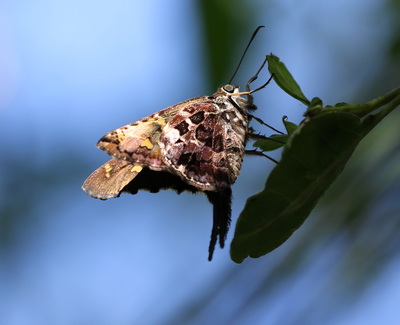


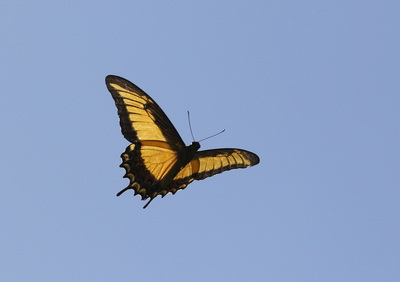


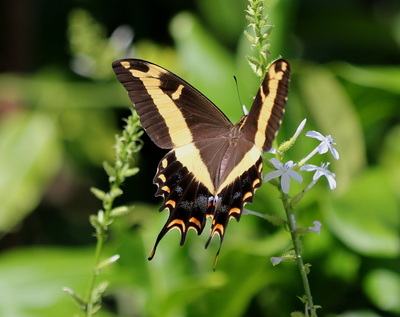




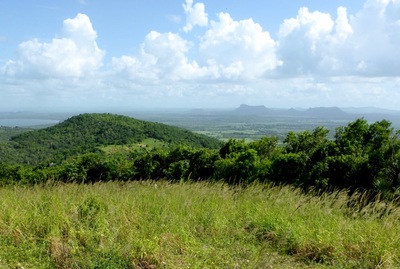


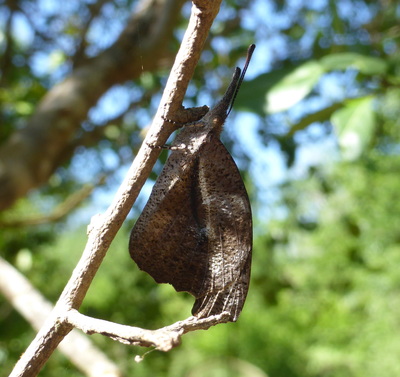

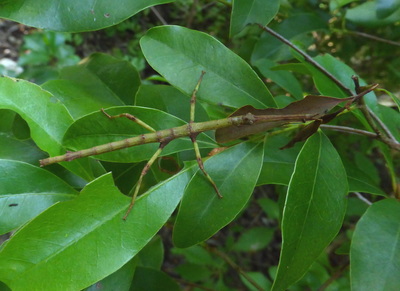






 RSS Feed
RSS Feed